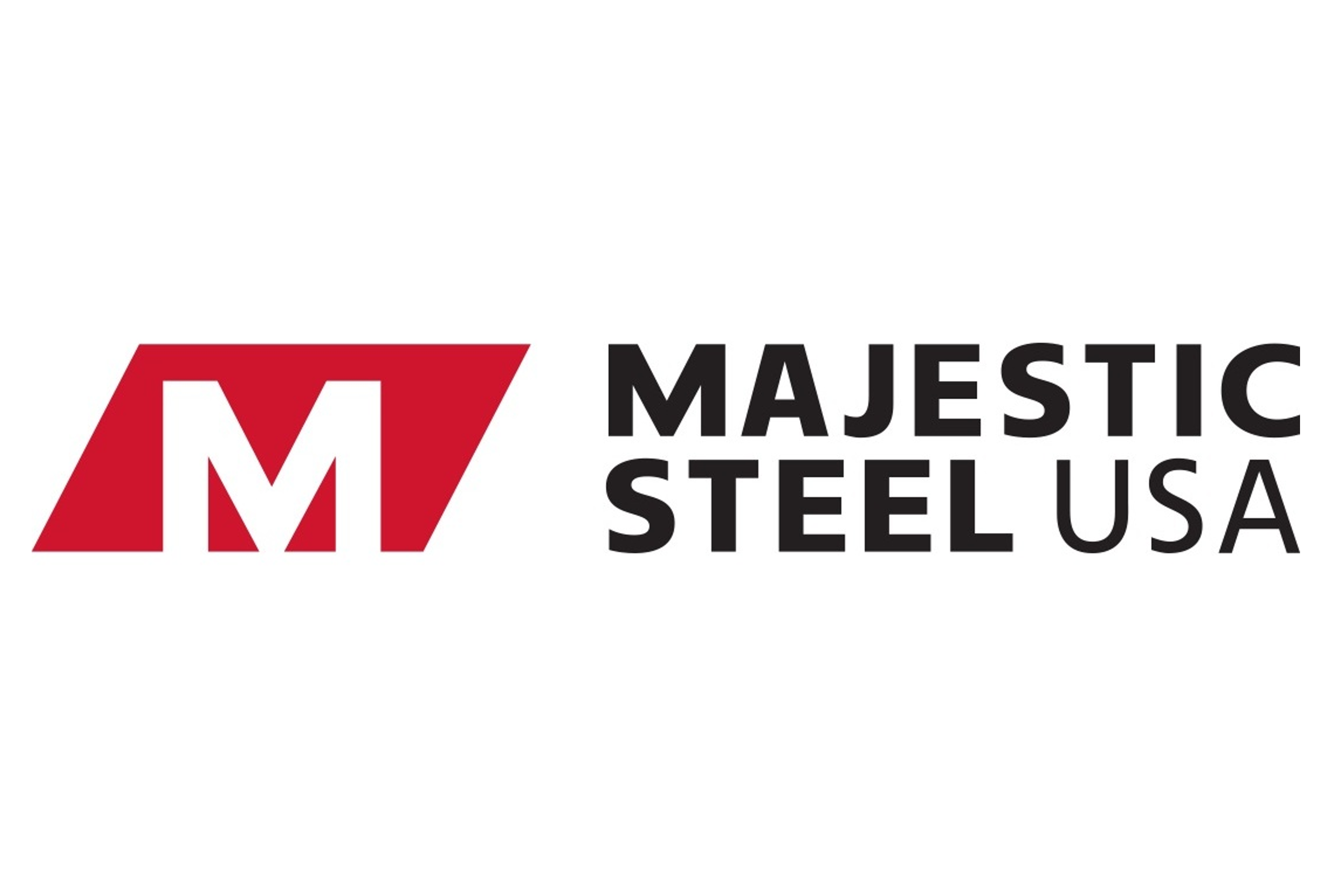Analysis
February 28, 2023
Final Thoughts
Written by Michael Cowden
February came in with a bang and went out with one too.
We saw two rounds of $50-per-ton sheet price increases early in the month. Then one of $100 per ton. And finally Cleveland-Cliffs came in near the buzzer on Monday with another $100-per-ton price hike.
We think that was the last shot of the month. But we wouldn’t be surprised to see more later this week.
![]()
The Price
SMU’s hot-rolled coil prices now stands at $935 per ton, up $60 per ton from $875 per ton last week and up $155 per ton from $780 per ton at the beginning of the month.
That figure doesn’t reflect the full amount of the announced price hikes. Even so, it amounts to an average gain of $40 per ton per week this month.
HRC target prices of $1,000 per ton – or $1,100, when it comes to Cleveland-Cliffs – might have seemed crazy if someone floated the idea on Feb. 1. Now, it’s just a matter of weeks before those targets are realized if the current torrid pace of price gains continue.
That’s on the finished steel side. What about scrap prices?
I know better than to bet on those. It’s no secret that prime scrap prices were expected to be up at least modestly in March. I wouldn’t be surprised to see them up immodestly if finished steel is any indication.
Steel often goes on a weeklong bender while scrap has a cup of tea. Remember the early days of Section 232? Seriously, though, do you really think prime scrap is up $20-30 per gross ton when finished steel is trying to go up $200-300 per short ton?
When Consensus Is Wrong
That’s the bookkeeping aspect of it. There has been a very, very emotional aspect to it, too, judging from some of the calls, emails, and texts messages we’ve received lately.
We’ve had mills incensed that anyone might question whether HRC could get to $1,000 per ton. We’ve had buyers insist that price gains of this magnitude can’t possibly be real. Producers might accuse anyone who disagrees of being in the pocket of short-sellers. Buyers might say that the indices are being manipulated.
Let’s set aside the acrimony and accusations for a moment. I think we might be able to agree that it stems in large part from consensus about 2023 not matching reality to date.
Prices fell to nearly $600 per ton in November, our low end – which typically represents large buyers – dropped into the $500s per ton. There were fears that we’d start the year with a mild recession spawned by higher interest rates. Instead, demand surprised to the upside. Is it stellar? Not necessarily. But it’s fair to say its in general better than expected.
There was also a consensus that the higher prices we saw in late 2022 and early 2023 were mostly momentum driven – based on certain contract dynamics and/or on steel consumers buying ahead of the next anticipated price hike. The generally accepted notion was that prices would as a result peak in Q1 and come back to earth after that.
So what the heck happened? In retrospect, I think we can agree on the general contours.
For starters, it looks like fears of a recession functioned almost like fears of domestic prices correcting downward do when it comes to import buys. We’re more familiar with the contours of the latter. Fears of domestic prices correcting can prevent people from buying imports – which functions to extend domestic price rallies.
Could fears of a recession have kept people from buying as much as they ordinarily would have? And could that, in turn, have contributed to the surge in prices we’re seeing now? It’s worth considering.
Inventories, Imports and Lead Times
Service center inventories were lower than anticipated and shipping rates higher than expected in January. The tightness in the market now might not be reflected in our service center inventory data just yet. We won’t be posting February data until mid-March.
From the data we do have, what’s notable is that January 2023 (52.9 shipping days of supply) is lower than January 2022 (56.1 shipping days of supply) and on par with January 2020 (52.6 shipping days of supply). I’m leaving out January 2021 because inventories were extremely low following the pandemic. I’m including January 2020 because, as you might recall, 2020 started out as a good year for steel before the pandemic took hold in North America in March.
As for shipments, they were 802,049 tons in January 2023 – the highest we’ve seen since last March. The daily shipping rate in January 2023 was the highest we’ve seen since May 2021.
What if this trend continues? Is it possible that we’ll have a supply deficit in March? I’m not saying it will happen. But it’s worth thinking about. Because I think we had all gotten a little too complacent with the idea that new capacity would by now be ramping up, that the economy would be cooling down, and that a glut – not a shortage – would be the more likely problem.
In short, we’re not prepared for a shortage.
Why we’re seeing a tight market is no secret. A major Mexican steelmaker has grappled with various production and financial issues, multiple US mills continue to struggle to ramp up new capacity, and imports are low.
Offshore material arriving now would have been booked when domestic prices were more competitive, and so not much was ordered. Any tons ordered now, which might make more sense with US prices so much higher, probably won’t arrive until summer. Which means there is no immediate relief from imports coming. By the way, don’t expect much relief from Mexico or Canada. Recent channel checks indicate that pricing from our USMCA friends isn’t very far off that of US mills.
Another thing weighing in favor of higher prices is lead times. We saw them start to meaningfully extend a couple of weeks ago. We won’t officially post updated lead time data until Thursday. But anecdotally, that trend looks set to continue. We’ve heard that some mills are close to closing out April. Still others almost full for May.
It’s Not Fair!
I know some of you will fume that if things are so great, why is capacity utilization still hovering around 75% – especially when Section 232 was justified in part by mills blaming imports for them being unable to run above 80%?
That’s a fair point. But let’s also remember that figure includes not only sheet mills but plate mills and bar mills too. And good luck using that figure to convince your local mill to lower prices. The fact is, the industry is more consolidated than it used to be and, for now, it’s acting with more discipline than usual.
We live in a much more consolidated, more protected steel industry than we did a decade ago. Fair or not, it might be better to accept that reality and adjust accordingly.
By Michael Cowden, michael@steelmarketupdate.com







